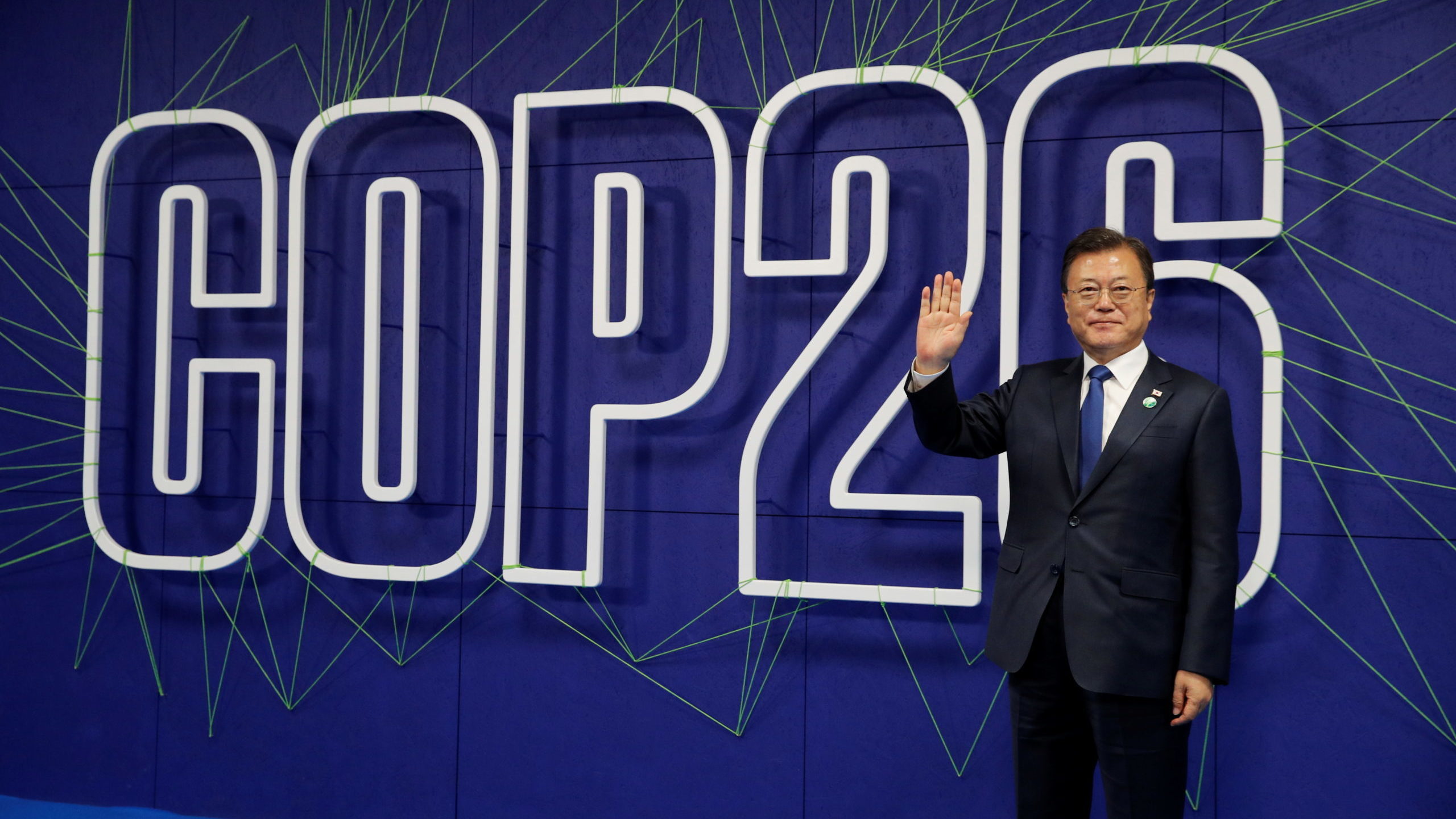New developments in Europe and Asia designed to speed up emissions reductions send the message that Canada should prioritize development of its vast natural gas resources, says a veteran energy analyst.
Against the backdrop of record-breaking electricity costs, the European Union is proposing new investor guidance to encourage development of low-carbon natural gas and nuclear power in addition to renewable resources.
Meanwhile, South Korea will now include liquefied natural gas (LNG) as part of its “green classification system” to promote investment in carbon-reducing projects and technologies.
The measures are intended to help Europe and South Korea move faster to reduce their reliance on coal.
“Canada has an incredible opportunity here,” says Tim Pickering, CEO of Calgary-based Auspice Capital Advisors.
“Canadian energy companies have demonstrated leadership in developing greener energy infrastructure.”
Canada is one of the world’s largest natural gas producers, but has yet to connect to international customers outside the United States. The first tanker shipments from the LNG Canada project are expected in 2025, setting the country on a new course to benefit from helping lower emissions on a global scale.
More Canadian LNG projects are proposed, including three led by Indigenous communities.
Conservative expansion of LNG in Canada could support nearly 100,000 direct, indirect and induced jobs annually across the country between 2020 and 2064, according to a 2020 report by the Conference Board of Canada.
Renewables not ready
On Jan. 1 the European Commission published draft changes to its “taxonomy,” or sustainable investor guidelines, adding natural gas and nuclear power because of their “proven potential” to reduce emissions.
The EU body is now consulting with member states about the changes, which include conditions like limits on emissions intensity and considerations for carbon capture and storage.
Renewable energy sources “are not yet commercially available at sufficient scale” at an appropriate threshold, the commission said.
Coal in Europe and Asia
Two of the world’s highest emitting power plants (all coal-fired) are in Europe, according to an August 2021 study published in the journal Environmental Research Letters.
The Belchatow plant in Poland ranked number one, while Niederaussem in Germany ranked number seven, as of 2018.
There are 195 new coal plants under construction around the world, according to Global Energy Monitor. This includes three in the European Union and 157 combined in China, Indonesia, Japan and South Korea.
According to the International Energy Agency, switching from coal to natural gas for electricity generation reduces emissions by 50 per cent on average.
Switching to Canadian natural gas specifically could reduce emissions by up to 62 per cent, according to a June 2020 study published in the Journal for Cleaner Production.
Cleaner Canadian Natural Gas
Canada has already been recognized for its lower emissions natural gas.
Regulators in Washington state recently required a new U.S. LNG project to use natural gas supplied from Alberta or B.C. in order to reduce the project’s environmental impacts.
A life-cycle analysis including “upstream” emissions from natural gas production found Canada to have a lower footprint than the U.S., where emissions “may be as much as five times higher than those for Canada.”
Canada has great potential, but its LNG competitors are far ahead in the race to supply the world with lower-emissions natural gas.
For example, Qatar Petroleum is building an LNG expansion that will increase its export capacity to 110 million tonnes per year. Canada’s first project, LNG Canada, will start at 14 million tonnes per year.
Pickering says “LNG is not a 100 per cent solution to our climate problem, but it gets us significantly closer to our goals and should be prioritized versus relying on foreign countries with higher emissions and poor track records.”
The unaltered reproduction of this content is free of charge with attribution to Canadian Energy Centre Ltd.
